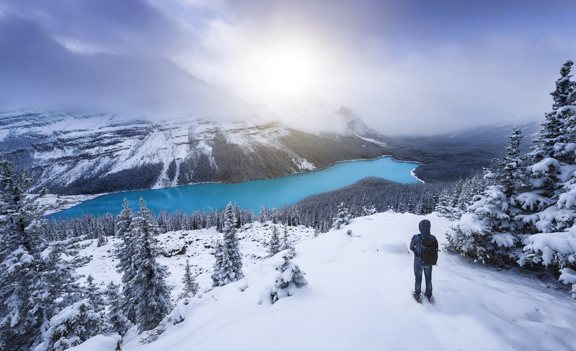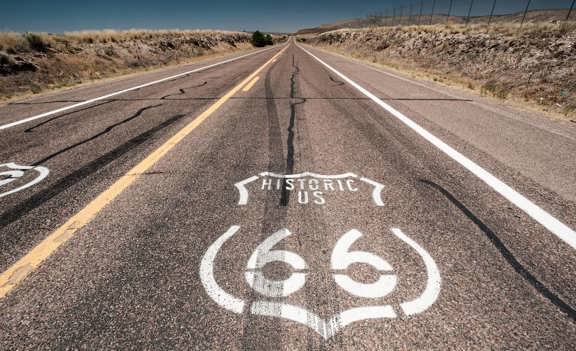
What are the Main Differences in Driving Laws between States in the USA?
ShareBefore embarking on any road trip in the US, it’s imperative that you fully understand the driving laws of the state you’re travelling in. Not only will this help keep you and other road users safe, but it’ll also help you to relax and enjoy your trip more knowing that you’re ticking all of the boxes.
Just like any country, there are overarching driving regulations in place for the whole of the United States. But also - each state has their own unique driving laws and requirements that must be met by both people living in them and passing through.
We will share the key differences in driving laws between states in the USA, focussing on important aspects such as speed limits, seat belt laws, mobile phone usage and general rules of the road.
So let’s get started!
Speed Limits
Speed limits vary considerably from state to state, with each area or territory setting its own maximum allowable speeds limits. Not only do these differ by state, but they can also change depending on road type, vehicle size and congestion. This is why it’s really important to familiarise yourself with speed limit signs and typical speed limits in the areas you’ll be travelling through before setting off on your journey.
In Western States, it’s common to find rural freeway speed limits ranging from 70 to 80 mph. Whilst in States in the East, slightly lower limits of 65 to 70 mph are more prevalent. It's important to note that speed limits in the US are typically posted in increments of five miles per hour, as opposed to the 10-mile-per-hour increments commonly seen in the UK.
Regardless of what the speed limit says, it’s vital to ensure that you’re driving at a speed that’s safe for your vehicle. Oftentimes, this will mean driving below the maximum speed limit, especially in situations where the conditions of the road are particularly challenging or when you're navigating through congested areas. If at any point your vehicle, trailer or motorhome is swaying, it’s likely that you’ll need to reduce your speed.
Seat Belt Laws
Seat belt laws also differ from one state to another. Although seat belt regulations exist in all US states, there are key differences between these rules depending on the state you’re driving in. Given this, be sure that you read up on any seat belt requirements for states you plan to visit before you travel.
Mobile Phone Use
Although most states have complete bans on mobile phone use whilst driving, there are still some significant differences in mobile phone regulations between US states. Some states have exceptions such as allowing the use of hands-free devices whilst driving, whilst others, such as Missouri, are permitted to use mobile phones whilst driving provided that they’re over the age of 21.
Right Turns on Red
In the majority of US states, drivers are permitted to turn right at red lights after coming to a complete stop, provided that they’ve yielded to any oncoming traffic and that there’s no sign prohibiting the turn. It’s important to note, though, that some states such as New York, have restrictions on making right turns at red lights and sometimes there is no signage explicitly stating this - so be careful and do your research before you travel.
DUI or drunk driving laws
Driving under the influence (DUI) laws also differ considerably from state to state. Both blood alcohol levels and penalties for drink driving offences can vary between states, with states such as Arizona having some of the strictest regulations, whilst others, such as North Dakota are far more lax.
If you’re thinking of going on a road trip across numerous US states, be sure to consult official state department websites to familiarise yourself with the most up-to-date and accurate information regarding their specific rules and regulations.
No matter where your travels take you, we hope you have a safe and enjoyable trip! And if you’re thinking of hiring an RV whilst on your travels, browse our range of vehicles today.
Find out more about US driving laws here: https://www.nhtsa.gov/laws-regulations




